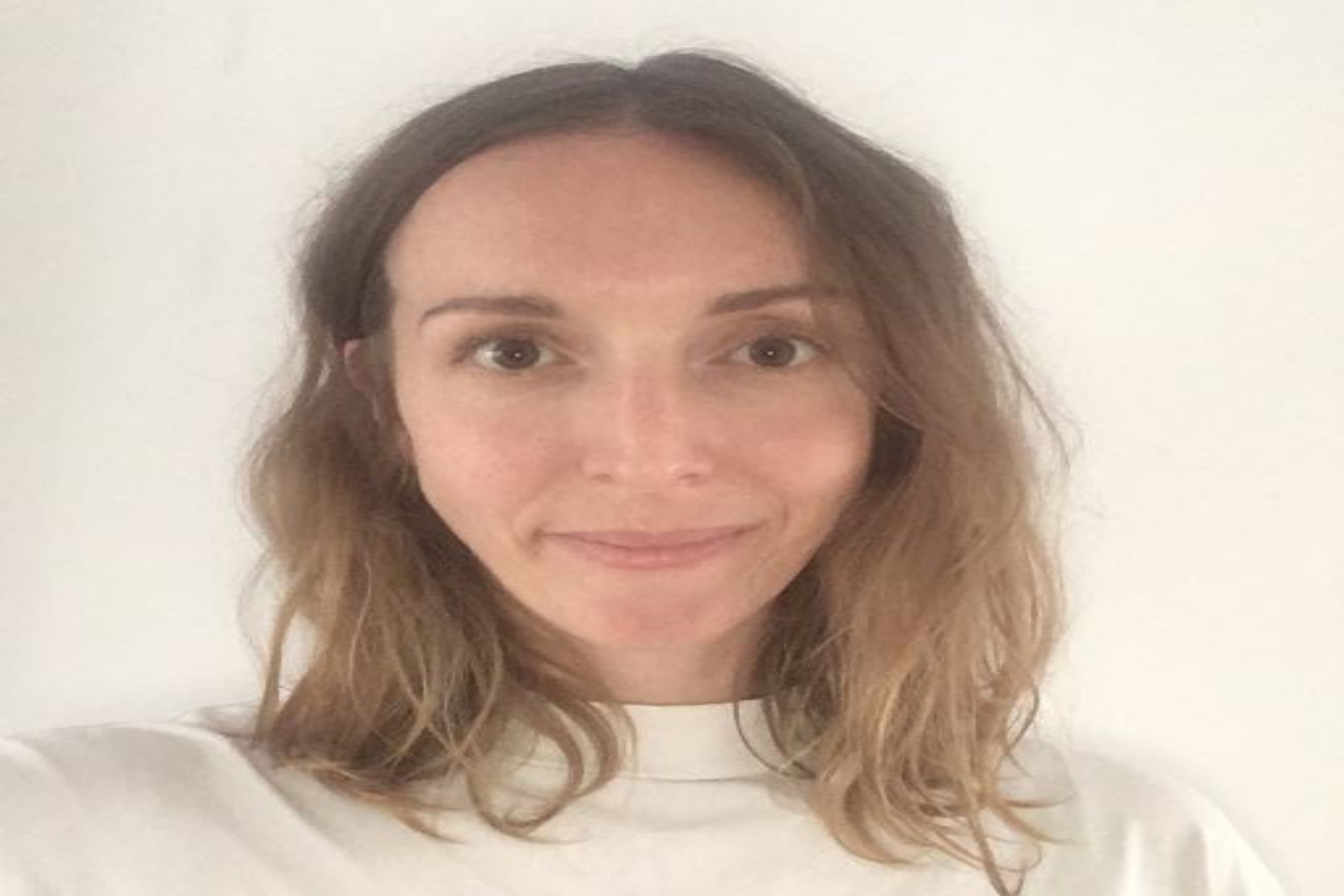
Reflections from members of our White City community. This month's spotlight is with Dr Stephanie Wright, Lecturer in Environmental Toxicology, School of Public Health.
What is your role at White City?
I'm a lecturer in environmental toxicology and lead the Microplastics Research Team in the Environmental Research Group. We optimise and apply analytical methods for evaluating the level of microplastic pollution in air and in human biological tissues, as well as test the toxicity of these materials in immune and airway cells. We are also working on advancing understanding of nanoscale plastic pollution, i.e. plastic particles below 1000th of a milimetre in size.
What do you enjoy about working at White City?
I love the space - the Environmental Research Group has been in new and bespoke laboratories in the Sir Michael Uren Hub for just over a year now, within which the Microplastics Team has a dedicated clean room and a high-performance analytical instrument in an Instrument Suite. I also love being surrounded by so many exciting research areas across different disciplines - you can feel the discoveries and advances being made on campus.
What are the main work challenges for you at the moment?
Our current challenges are technical - the research field is still in its infancy and therefore methods for analysing microplastic are constantly evolving. The smaller the particles of interest, the greater the challenge for detecting and characterising their chemical composition. We also have to work extremely hard to minimise background contamination, since microplastic is ubiquitous, even in the cleanest labs!
Finally, there is currently no certified reference material available for us in toxicity studies, so we must fabricate this ourselves to specific designs to address the role of composition, shape and size in toxicity. This is challenging, and the material must be well characterised as it rarely ends up being pure, so you need to be certain that the effect you observe is due to a microplastic attribute and not impurities introduced from the fabrication process.
What is one thing that you have learned in the last month?
I attended my first in-person conference for two years - the Society of Toxicology Annual Meeting - where I learnt more about the long list of toxic effects that perfluoroalkyl and polyfluoroalkyl substances (PFAS) can have on the body. These are a ubiquitous class of forever chemicals, and it emphasised the fact that we produce substances which are persistent and long-lasting, like plastics, without a clear plan for safely and sustainably disposing of them at their end of life or removing them from the environment.